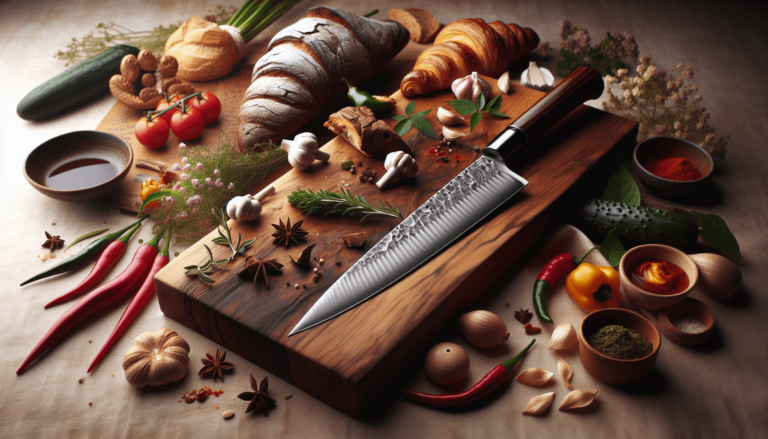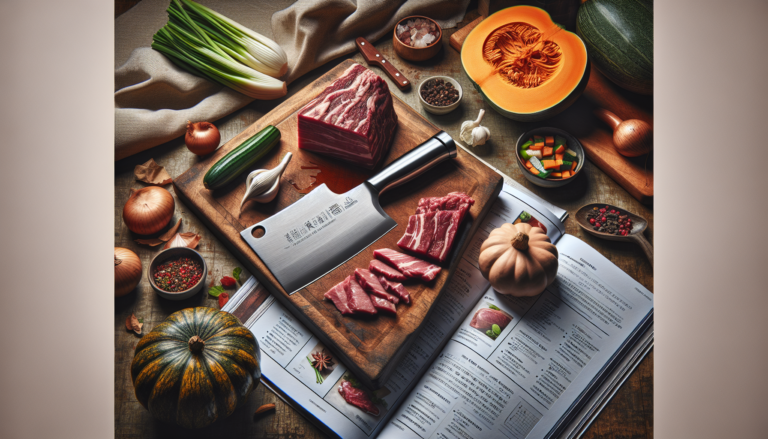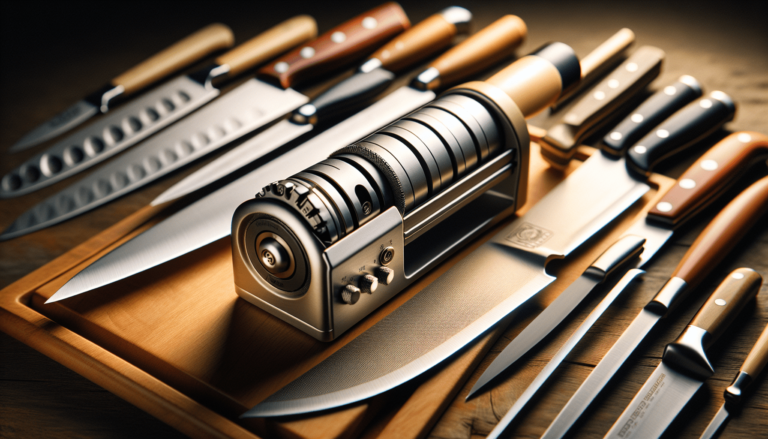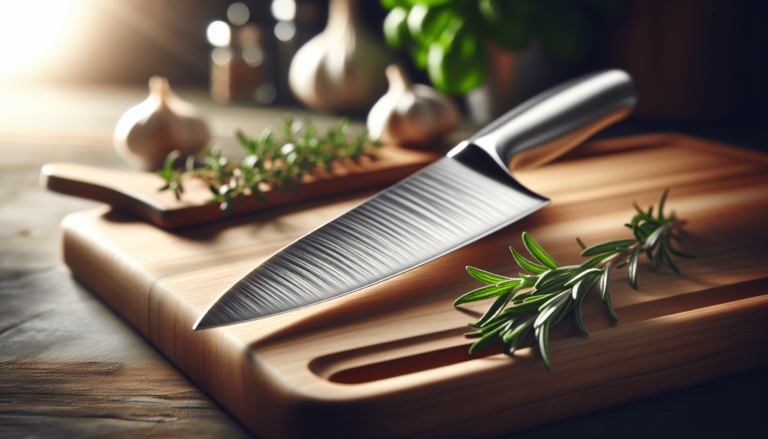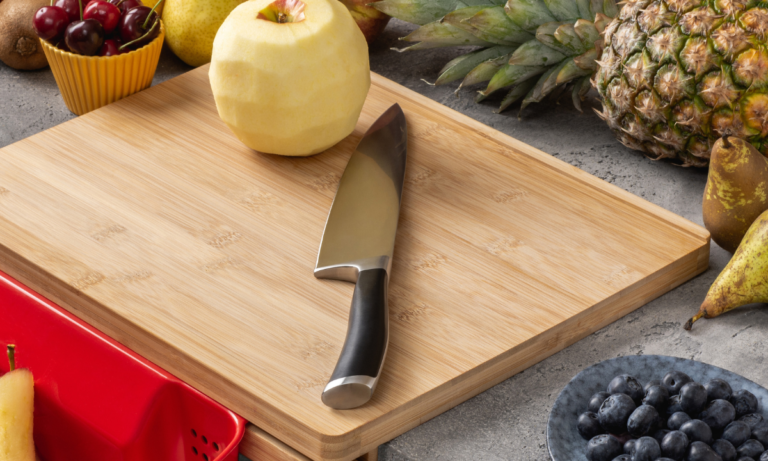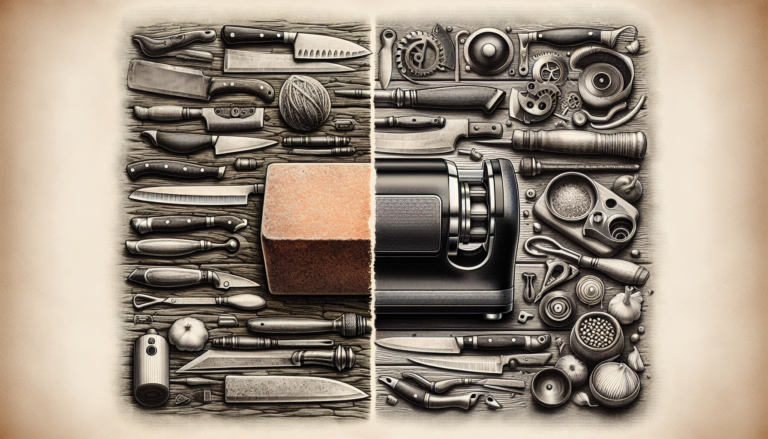What’s the Difference Between Boning and Fillet Knives?
Do you ever find yourself confused about the different types of knives used in the kitchen? Specifically, have you ever wondered what sets boning knives apart from fillet knives?
While these two knives may seem similar at first glance, there are actually some key differences between them. In this article, we will explore the distinctions between boning and fillet knives, shedding light on their unique features and purposes.
So, if you’ve ever been curious about how these knives differ and when to use each one, you’re in the right place. Let’s dive in!
Blade Flexibility
Boning Knives
When it comes to blade flexibility, boning knives are known for their versatility. They are designed to be stiff and sturdy, allowing for precise control and pressure when separating meat from the bone.
The stiffness of a boning knife enables you to make clean and accurate cuts without worrying about the blade bending or flexing too much. This is especially important when dealing with tougher cuts of meat or working with larger animals such as pork or beef.
Fillet Knives
On the other hand, fillet knives are specifically designed to be highly flexible. This is essential when working with delicate and tender cuts of meat, such as fish.
The flexibility of a fillet knife allows you to carefully navigate around the bones and skin of the fish, leaving behind as little meat as possible. The thin, flexible blade of a fillet knife makes it easier to follow the natural contours of the fish, resulting in precise fillets with minimal waste.
Blade Shape
Boning Knives
Boning knives typically have a narrow, pointed blade with a slight curvature. This shape allows for more precision when maneuvering around bones and joints.
The pointed tip of a boning knife is particularly useful when working in tight spaces or when removing bones from smaller cuts of meat. The curved blade aids in creating fluid and efficient slicing motions, ensuring that you can make clean cuts while minimizing the risk of accidents or injuries.
Fillet Knives
Fillet knives feature a long, slender blade with a more pronounced curve than boning knives. This shape is specifically designed to keep the blade flush against the bones, making it easier to separate the fillet from the fish.
The curved blade helps to maintain the natural shape of the fillet, resulting in aesthetically pleasing cuts of fish. The slender and narrow design of fillet knives allows for more control and precision, enabling you to navigate around bones with ease.
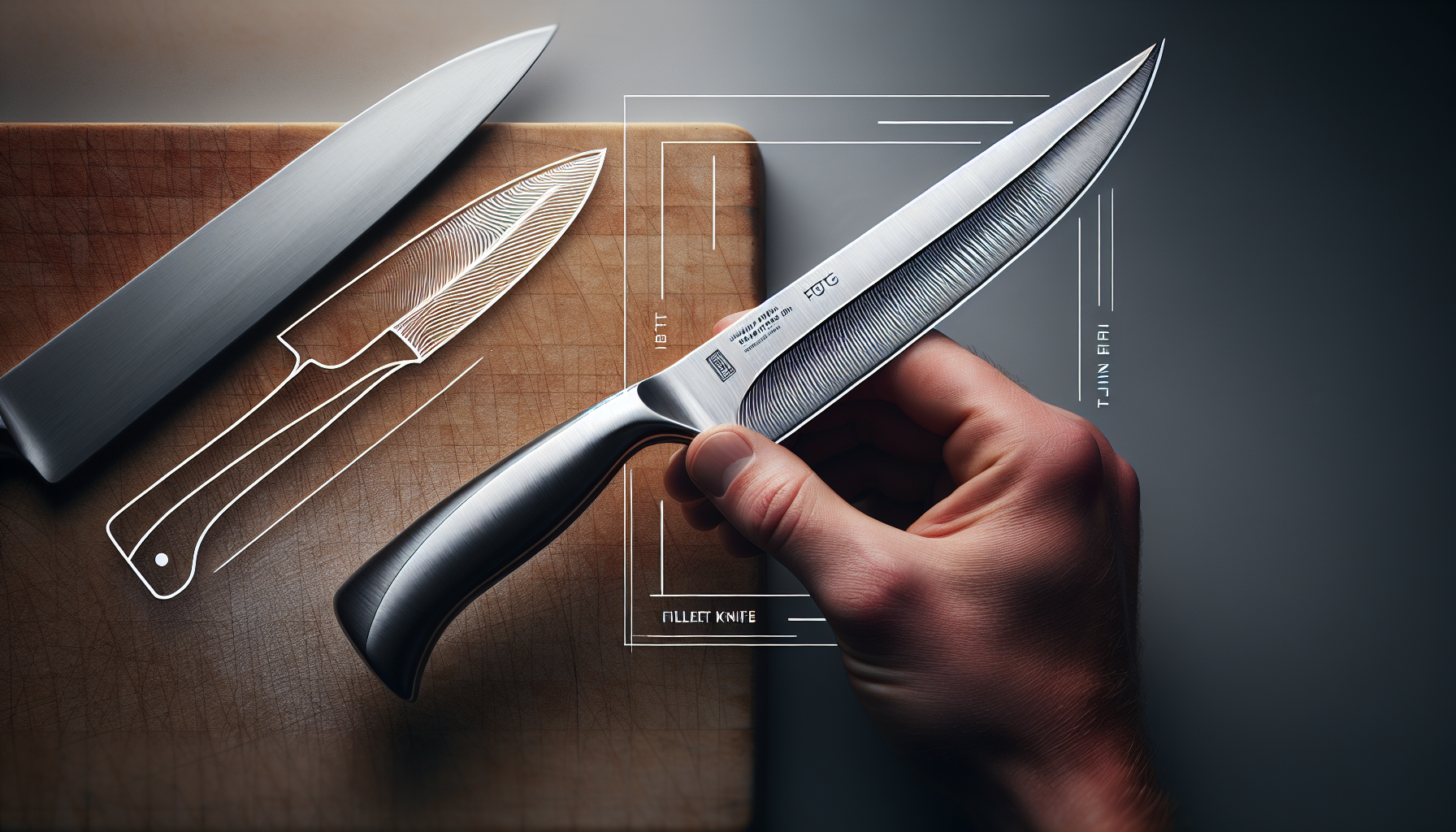
Blade Length
Boning Knives
Boning knives come in various lengths, typically ranging from 5 to 7 inches. The size of the blade you choose depends on the type and size of meat you usually work with. A shorter blade is ideal for smaller cuts of meat or poultry, allowing for better maneuverability and precision.
However, if you frequently handle larger cuts of meat, a longer blade may be more suitable as it provides more coverage and leverage.
Fillet Knives
Fillet knives are commonly available in lengths ranging from 6 to 9 inches. The length of the blade depends on the size of the fish you usually work with. A shorter blade is ideal for smaller fish, whereas a longer blade is more suitable for larger fish.
It’s important to choose a blade length that matches the size of the fish you typically handle, as it will ensure that you can effectively remove the fillets without damaging the meat or wasting any portions.
Primary Uses
Boning Knives
Boning knives are primarily used for removing bones from meat, poultry, and fish. They are indispensable tools in the kitchen for professional chefs and home cooks alike. The sharp, narrow blade of a boning knife allows for precise cuts that can efficiently separate meat from bones. Whether it’s deboning a chicken thigh, trimming fat from a steak, or removing silver skin from a pork tenderloin, a boning knife is the go-to tool for these tasks.
Fillet Knives
Fillet knives are specifically designed for filleting fish. They excel at delicately removing the skin and bones, leaving behind the coveted fillets. The main purpose of a fillet knife is to maximize the amount of usable meat while minimizing waste. Whether you’re filleting a whole fish or preparing a small fillet, a fillet knife ensures that you can achieve clean, precise cuts, resulting in beautiful fillets with minimal effort.
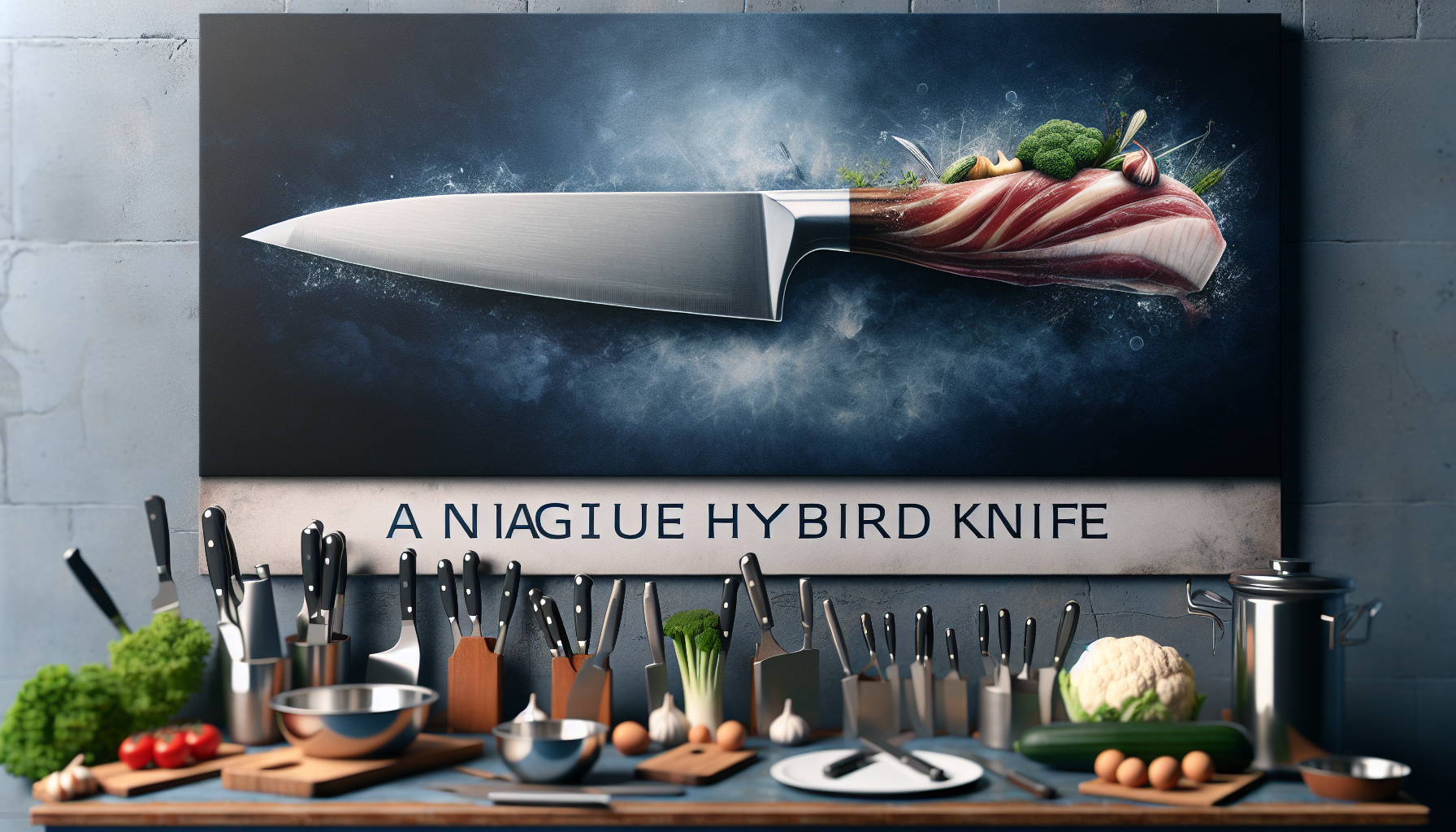
Boning Knife Variations
Stiff Boning Knife
A stiff boning knife is the more traditional variation of this type of knife. As the name suggests, it has a rigid blade that offers limited flexibility. This type of boning knife is perfect for tougher cuts of meat or when you need extra control and precision.
The stiffness of the blade ensures that you can exert greater force and pressure when separating the meat from the bone, making it an essential tool for tasks that require more strength and durability.
Flexible Boning Knife
A flexible boning knife, as the name implies, has a blade that is more pliable and bends with ease. This variation is ideal for tasks that require intricate movements and navigating difficult angles.
The flexibility of the blade allows you to work with more delicate cuts of meat and poultry, giving you the ability to make precise cuts while avoiding unnecessary damage. Flexible boning knives are particularly useful when deboning smaller cuts or trimming fat.
Fillet Knife Variations
Thin Fillet Knife
A thin fillet knife is designed for delicate filleting tasks. The blade of this variation is thin and lightweight, allowing for greater maneuverability and precision. The thinness of the blade allows you to glide through the fish, effortlessly removing the skin and bones. Thin fillet knives are perfect for working with small to medium-sized fish, as they enable you to make clean, seamless cuts that preserve the integrity of the fillet.
Thick Fillet Knife
A thick fillet knife, on the other hand, is better suited for larger fish or tougher fish species. The added thickness of the blade provides more stability and strength when dealing with denser cuts of fish. This variation of the fillet knife is excellent for filleting larger species like salmon or tuna. The thicker blade allows for better grip and control, ensuring that you can handle the fish with confidence and precision.
Fish Scale Removal
Boning Knives
While boning knives are not specifically designed for the task, they can still be used for removing fish scales. The backside of a boning knife, also known as the spine, can be used to scrape the scales off the fish’s skin.
By using the spine of the boning knife at a shallow angle, you can gently scrape away the scales without damaging the underlying flesh. However, it’s worth noting that there are other specialized tools available, such as fish scalers, that make the scale removal process easier and more efficient.
Fillet Knives
Fillet knives can also be used for fish scale removal. The thin, flexible blade of a fillet knife allows for precise scraping and ensures that you don’t remove unnecessary layers of skin. Using the side of the blade, you can gently glide across the fish’s surface, effectively removing the scales.
Fillet knives are particularly useful for this task because of their ability to maneuver around the contours of the fish, ensuring that every scale is removed with ease.
Knife Maintenance
Boning Knives
Proper knife maintenance is crucial to ensure the longevity and performance of your boning knife. After each use, it’s essential to wash the knife with warm, soapy water. Avoid using abrasive cleaners or harsh scrub brushes, as they can damage the blade.
Dry the knife thoroughly to prevent any moisture from causing rust or corrosion. Additionally, regular honing and sharpening of the blade are essential to maintain its cutting edge. Store your boning knife in a knife sheath or a knife block to protect it from potential damage.
Fillet Knives
Similar to boning knives, fillet knives require proper maintenance to preserve their lifespan. After each use, clean the knife carefully with warm water and mild detergent. Avoid soaking the knife for an extended period, as this can lead to water damage and rust.
Thoroughly dry the knife before storing it to prevent any moisture from causing corrosion. Regularly sharpening the blade is necessary to maintain its efficiency and cutting performance. Storing fillet knives in a protective sheath or knife block is recommended.
Cost
Boning Knives
Boning knives are available at a wide price range, depending on the brand, material, and craftsmanship. Entry-level boning knives can be relatively affordable, starting from around $20. However, for higher-end and professional-grade boning knives, the price can range upwards of $100.
The cost of a boning knife often reflects the quality of the materials used, the design, and the reputation of the brand. Ultimately, it’s important to find a balance between your budget and the quality you desire.
Fillet Knives
Similar to boning knives, the cost of fillet knives can vary significantly. Basic fillet knives can be found for as low as $15, while more premium options can range upwards of $200.
The cost of a fillet knife is influenced by factors such as the blade material, craftsmanship, and the brand. While it’s tempting to opt for a cheaper option, investing in a high-quality fillet knife can enhance your filleting experience and ensure better results.
Conclusion
In conclusion, boning and fillet knives are distinct tools designed for specific purposes in the kitchen. Boning knives are known for their stiffness, precision, and ability to tackle tougher cuts of meat.
On the other hand, fillet knives are highly flexible, allowing for delicate filleting of fish with minimal waste. It’s important to consider factors such as blade flexibility, shape, and length when choosing between these two types of knives.
By understanding their primary uses, variations, and maintenance needs, you can find the right tool to enhance your culinary skills. Both boning and fillet knives are invaluable additions to any kitchen, empowering you to create delicious meals with finesse and efficiency.
